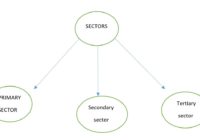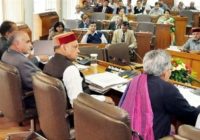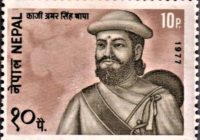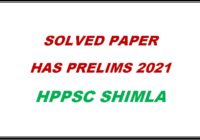Structure, Organisation, and Functioning of Statutory, Regulatory and various Quasi-Judicial Bodies in Himachal Pradesh – HPAS Mains
STATUTORY BODIES Statutory bodies are non-constitutional bodies as they are not mentioned in the constitution. They are constituted by the act of parliament and state legislation. They are called ‘statutory’ since statutes are the laws made by the parliament or the state legislation and they derive their power from those statutes, hence called statutory bodies.… Read More »







